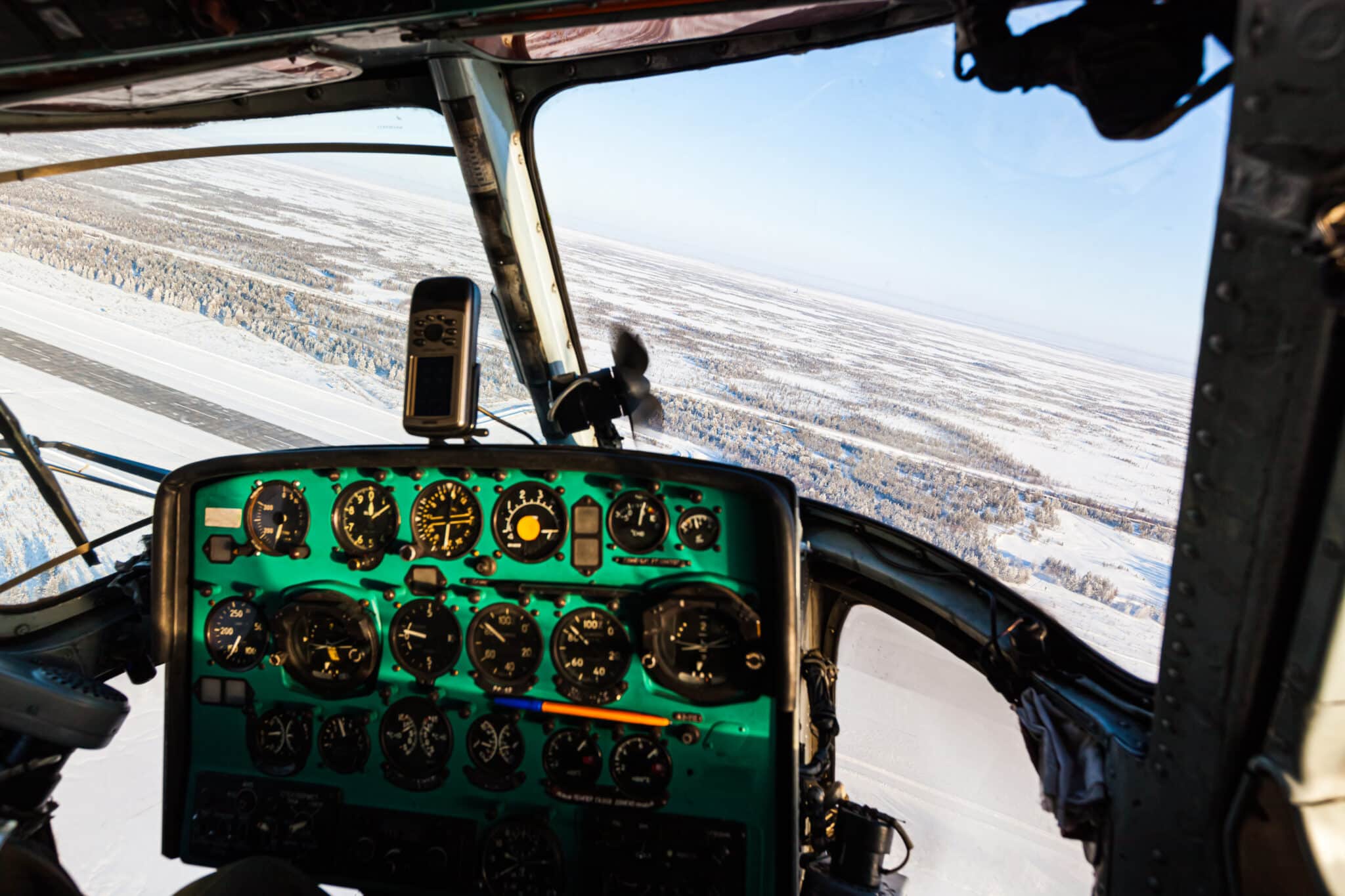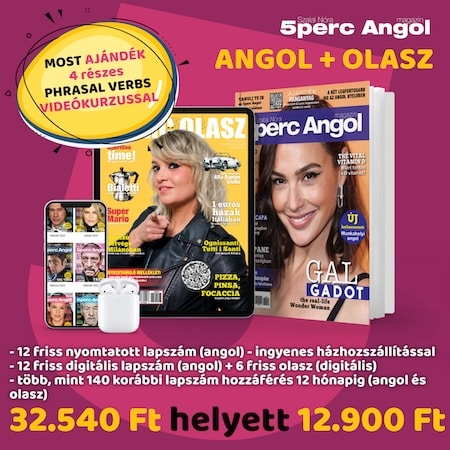Hallott szöveg értése: Hallgasd meg a beszélőt és válaszolj a kérdésekre magyarul!
Family in the Wilderness
- Milyen célból repült a helikopter Szibériába?
- Milyen volt az óhitűek sorsa?
- Mi váltotta ki a család elmenekülését lakhelyükről és mit vittek magukkal a személyes tárgyaikon kívül?
- Miben laktak és pontosan hol született a legkisebb gyerekük?
- Mi minden mutatja a fiú, Dimitrij szívósságát?
- Miért halt meg az anya?
- Hol helyezkedett el a lakhelyük és mi tette hihetővé, hogy emberek élnek ott?
- Milyen ruházatot viselt a családfő?
- Hogyan üdvözölte őket?
- Hogyan beszéltek a lányok és mi biztosított nekik szórakozást?
source: quora.com

Family in the Wilderness
In 1978 a helicopter was flying over the remote freezing-cold forests of Siberia, 150 miles from the nearest settlement. The pilot was attempting to find a spot to land a team of geologists, when they suddenly spotted what appeared to be a garden and clear evidence of human habitation. Upon further examination the team of geologists discovered an isolated cabin and a family living in the remote dwelling. But who were these people and why did they live in the freezing-cold wilderness so far from civilization? This is the story of the Lykov family.
They lived in the village of Lykov with their two children and were Old Believers or Old Ritualists, a religious group that had been persecuted in Russia since the days of Peter the Great. Under Stalin’s rule, Old Believers were again threatened with persecution.
In 1936, Karp’s brother was shot dead by a Soviet patrol and the family decided to flee into the wild for safety from Stalin’s terror. They packed their personal belongings and some seeds and fled into the frozen wilderness of southern Siberia where they lived in partial isolation from the outside world for 42 years. The family lived off the land, built their own small timber cabin and struggled through the cold winters with temperatures well below freezing. During this time two more children were born: Dmitry in 1940 and Agafia who was born in a hollowed-out pine washtub in 1944 – and all this in the wild, 150 miles from civilization.
Dmitry developed into a very good hunter who helped the family. He built up astonishing endurance, and could hunt barefoot in winter, sometimes returning to the hut after several days, having slept in the open in 40 degrees of frost, a young elk across his shoulders.
During a period of intense foot shortage, in 1961, the family suffered famine. Akulina sacrificed herself so her children could eat and she thus died of starvation.
When the family was found in 1978, a geologist described what happened as the team approached the cabin:
“Beside a stream there was a dwelling. Blackened by time and rain, the hut was piled up on all sides with taiga rubbish—bark, poles, planks. If it hadn’t been for a window the size of my backpack pocket, it would have been hard to believe that people lived there. Our arrival had been noticed, as we could see. The low door creaked, and the figure of a very old man emerged into the light of day, wearing a patched and repatched shirt made of sack cloth. He wore trousers of the same material, also in patches, and had an uncombed beard. He looked frightened and was very attentive. We had to say something, so I began: ‘Greetings, grandfather! We’ve come to visit!’ The old man did not reply immediately. Finally, we heard a soft, uncertain voice: ‘Well, since you have travelled this far, you might as well come in.'”
The geologists talked to the family and said that the daughters spoke a language, difficult to comprehend, distorted by a lifetime of isolation. The children had heard of cities and countries but could only imagine what they looked like. The family’s main form of entertainment throughout their isolation was talking about their dreams to one another.
Agafia still survives to this day and now lives in a new, decent hut.
További hallás utáni értés feladatokat alap- és középfokon is a nyomtatott 5 Perc Angol magazinban találsz minden hónapban.





